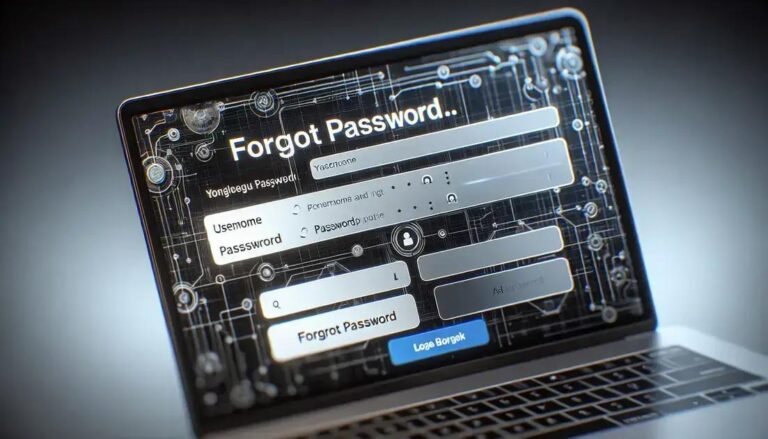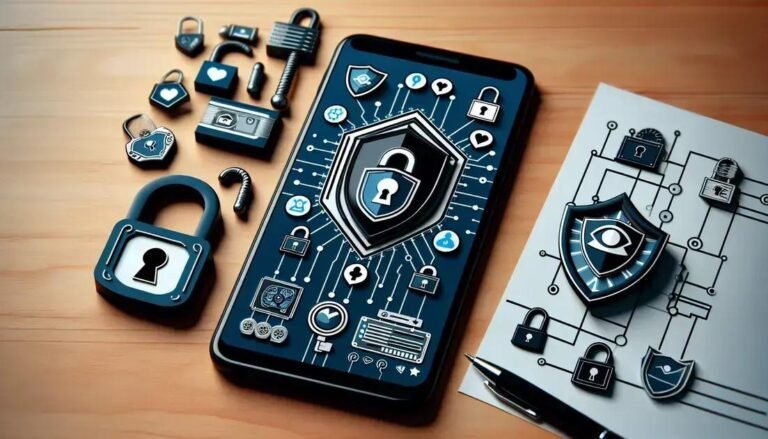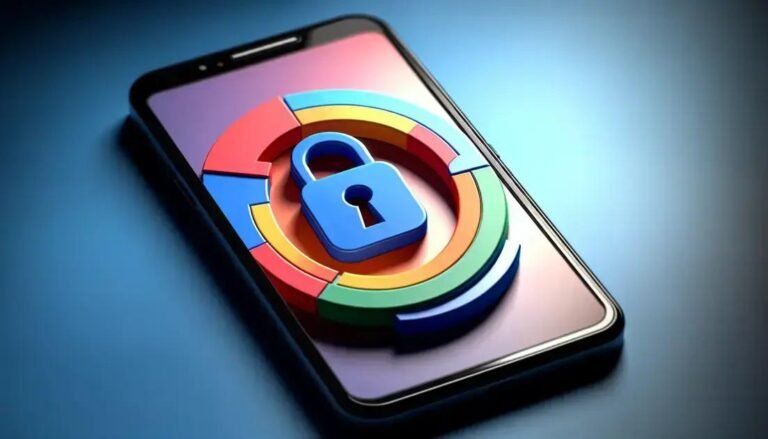Recover Deleted Videos – Learn How to Restore It Easily
Recover deleted videos and rediscover memories you thought were lost forever — like finding hidden treasure in an old drawer. Ever deleted a video by mistake and feared it was gone for good? Don’t worry.
Here are simple steps and handy tools to help you recover deleted videos. Whether you’re a beginner or more experienced, these methods make it easy to bring your lost content back to life.
Why Videos Get Deleted and Common Scenarios
Understanding why videos get deleted is the first step in preventing these losses. Videos can be wiped out for numerous reasons, both accidental and intentional. A few common scenarios include human error, such as mistakenly emptying the recycle bin, or selecting the wrong file for deletion. Often, these are simple mistakes that anyone can make, highlighting the need for vigilance.
Software and hardware failures also play a role in video loss. Corrupted storage devices, ranging from hard drives to memory cards, can lead to unintentional deletions. Software crashes or glitches during updates or transfers may also disrupt files, resulting in missing videos.
Accidental Formatting
Accidentally formatting a device can lead to total data loss, including videos. This often occurs when users incorrectly choose the wrong drive to format or misinterpret instructions connected to updates and system resets. It’s crucial to double-check all actions that seem minor but can have major consequences on your stored data.
Malware and Viruses
Malicious software can wreak havoc on devices by deleting or corrupting files. Ensuring that you have robust antivirus protection and regularly updated security systems is vital to prevent video deletions and other forms of data loss due to malware attacks.
User-Initiated Deletions
Sometimes users delete videos on purpose due to memory constraints or privacy concerns, only to realize later that they need them back. Whether it’s freeing up space or adhering to organizational policies, recovering these files afterward might not always be straightforward, making it important to weigh decisions before hitting delete.
Tools and Software for Video Recovery
In the quest to recover deleted videos, knowing the right tools and software is essential. Various recovery programs can aid in retrieving lost data effectively. These tools are designed with user-friendliness in mind, allowing even those with limited technical skills to attempt video recovery.
Disk Drill is a popular choice among users for its comprehensive features. It supports a wide range of file systems and can handle different data loss scenarios, from accidental deletions to corrupted storage devices. Disk Drill’s intuitive interface guides users through the recovery process seamlessly.
Recuva is another reliable tool that offers free and paid versions. Known for its ease of use and efficiency, Recuva can scan drives for lost files and provide a preview before recovery. It’s particularly beneficial for those seeking a straightforward solution to retrieve lost videos quickly.
Video Recovery Tips
When choosing video recovery software, consider compatibility with your operating system and the file types you need to recover. It’s wise to start with a tool that allows a free trial version to test its capabilities before purchase. Additionally, ensure that your device has enough storage space to facilitate the recovery process as recovering large video files may require considerable space.
Utilizing these tools effectively often means acting quickly after data loss to avoid overwriting lost files. It’s advisable to halt any new data input to the affected device until recovery attempts are complete.
Step-by-Step Guide to Recover Deleted Videos
Recovering deleted videos might seem daunting, but with a clear step-by-step approach, it’s entirely achievable. To begin, ensure you stop using the device where the loss occurred to prevent overwriting the files you wish to recover.
Choose Your Recovery Tool
Select a tool like Disk Drill or Recuva. Install the software on a separate device or partition if possible to avoid data overwriting.
Step 1: Launch the recovery software and allow it to scan the affected device. This process can take some time depending on your storage capacity and the extent of the data loss.
Select and Recover Videos
Once the scan is complete, the software will display a list of recoverable files. Use the filter options to narrow down the list to video files. Preview the videos whenever possible to confirm they are the ones you wish to recover.
Step 2: Select the videos you want to restore and choose a recovery destination. Ensure the chosen destination is different from the affected drive to prevent any potential data overwriting issues.
Step 3: Complete the recovery process by clicking the recovery or restore button. Monitor the process and check your specified location to ensure the files correctly return.
Confirm and Backup
After you’ve recovered your videos, it’s wise to create backups to safeguard against future data loss. Use external drives or cloud storage solutions to keep your memories safe.
Preventive Measures to Avoid Losing Videos
Preventing video loss begins with implementing robust backup solutions. Regular backups on external hard drives or cloud-based services can be a lifesaver, ensuring your videos are secure even if your main device fails. Schedule automatic backups to minimize the risk of data loss due to human error.
Organize and Label Files
Maintaining an organized file structure is crucial. Use clear and descriptive names for your video files and folders to prevent accidental deletions. Consistent labeling makes it easier to locate and manage files, reducing the chance of misplacement or loss.
Use Reliable Storage Devices
Invest in high-quality storage devices known for stability and longevity. Regularly update and replace devices nearing the end of their lifespan to avoid unexpected failures. Keep an eye on any signs of wear and tear, such as unusual noises or error messages.
Enable Write Protection features when handling sensitive videos. This prevents unintended deletions and alterations. Especially useful on external drives and memory cards, this simple step safeguards your files against accidental changes.
Be Cautious with Software Updates. Before installing updates, back up your important data and ensure the update process is smooth and compatible with your existing programs. Following these practices helps prevent data loss due to update errors.
FAQ – Common Questions About Recovering Deleted Videos
What should I do immediately after deleting a video?
Stop using the device to prevent file overwriting. This increases the chances of successful recovery using software tools.
Which software is recommended for video recovery?
Popular video recovery tools include Disk Drill and Recuva, both known for their effectiveness and ease of use.
How can I avoid accidental video deletions?
Organize files with clear labels and enable write protection on important folders to prevent accidental deletions or changes.
What backup options are available for safeguarding videos?
Use external hard drives for physical backups and cloud services for remote storage, ensuring regular scheduled backups.
Can viruses cause video loss, and how can I prevent it?
Yes, viruses can corrupt or delete files. Use reliable antivirus software to protect your devices against malware threats.
Is it possible to recover videos from a formatted drive?
Yes, recovery software can often retrieve files from formatted drives if you act quickly and the data hasn’t been overwritten.






